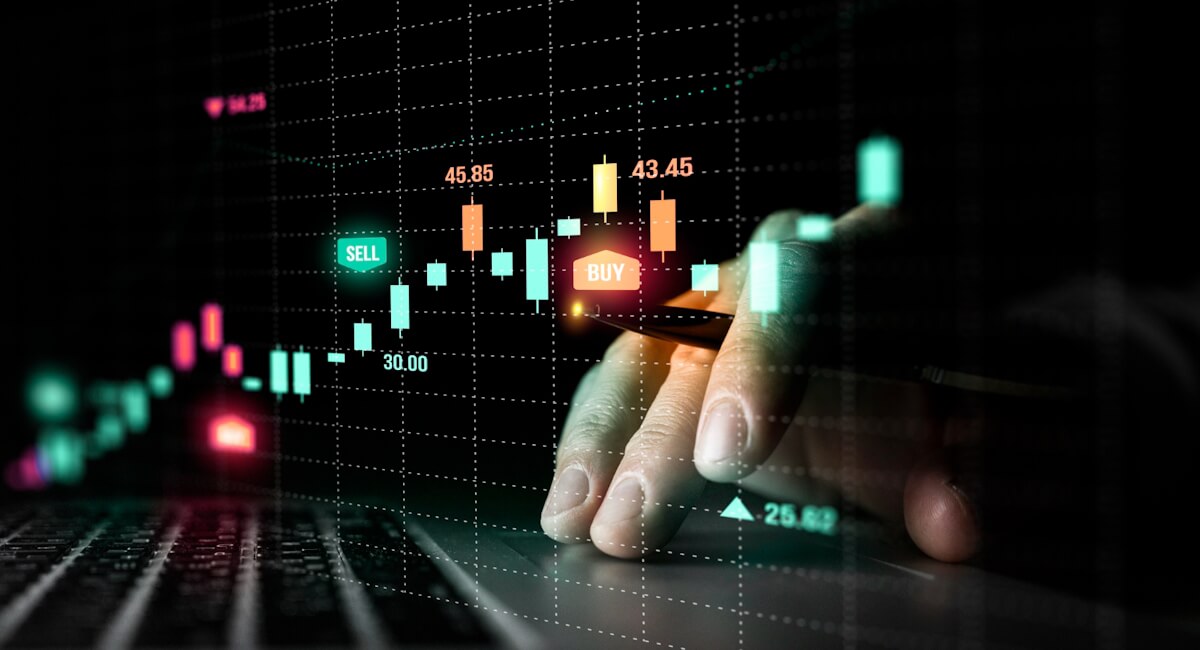Introduction to the Evolving World of Crypto Trading
The cryptocurrency market is no longer a niche corner of the financial world — it has become a mainstream, multi-trillion-dollar industry attracting investors, institutions, and governments alike. As we move into 2025 and beyond, the pace of innovation is only accelerating. New technologies, regulations, and trading tools are reshaping how participants approach the market. Whether you are a seasoned investor or just starting, understanding what lies ahead is critical for long-term success. If your goal is to build a sustainable strategy, Crypto Trading will remain at the heart of the digital asset revolution, offering both challenges and opportunities that demand adaptability.
Institutional Adoption and Market Maturity
One of the biggest trends shaping the future of crypto trading is the increasing participation of institutional investors. Hedge funds, pension funds, and asset managers are allocating larger portions of their portfolios to cryptocurrencies, not just as speculative assets but as hedges against inflation and currency devaluation. This influx of institutional capital brings greater market stability, deeper liquidity, and more sophisticated trading infrastructure. However, it also means the market may behave more like traditional finance, with reduced volatility over time.
Regulatory Clarity and Global Standards
Regulation has long been a grey area in crypto trading, but governments worldwide are now taking more definitive steps to provide clear guidelines. In 2025, we can expect stronger frameworks for investor protection, anti-money laundering compliance, and taxation. While some traders fear that regulation could stifle innovation, others welcome the stability and credibility it brings. Countries that adopt balanced, innovation-friendly policies will likely see the fastest growth in their crypto industries.
Decentralized Finance (DeFi) Expanding Beyond Trading
Decentralized finance has already transformed how people lend, borrow, and earn yield on their crypto assets without traditional intermediaries. In the future, DeFi will likely integrate more directly with crypto trading, offering decentralized exchanges (DEXs) with lower fees, faster execution, and more transparency. This shift will reduce reliance on centralized exchanges while increasing the diversity of available trading pairs.
The Rise of Artificial Intelligence in Crypto Trading
Artificial intelligence and machine learning are no longer experimental in the world of crypto trading — they are becoming essential. AI-powered bots can process massive amounts of market data in real time, identify trading opportunities, and execute trades with precision that human traders cannot match. In the coming years, AI will also help predict market sentiment by analyzing social media, news articles, and blockchain transaction patterns. Traders who harness these tools will have a distinct competitive edge.
Blockchain Interoperability and Cross-Chain Trading
As more blockchains emerge, the need for interoperability becomes crucial. Cross-chain trading solutions will allow traders to move assets seamlessly between different blockchains without going through centralized exchanges. This will open up new arbitrage opportunities and reduce transaction costs. In 2025, expect to see more protocols that bridge the gap between ecosystems like Ethereum, Binance Smart Chain, Solana, and others.
Enhanced Security Through Self-Custody Solutions
Security will remain a top concern in the future of crypto trading. With high-profile exchange hacks still making headlines, traders are turning to self-custody wallets and decentralized platforms to reduce risks. Hardware wallets and multi-signature solutions will become standard for serious traders. In addition, decentralized identity verification may allow users to prove their credentials without exposing personal information.
Mainstream Integration with Traditional Finance
The gap between traditional finance and crypto trading is narrowing. Major payment processors, banks, and investment platforms are now offering crypto services alongside traditional investment products. In the future, we may see fully integrated trading platforms where users can seamlessly trade stocks, bonds, commodities, and cryptocurrencies within a single interface. This convergence will make crypto more accessible to the average investor.
Tokenization of Real-World Assets
One of the most promising developments is the tokenization of real-world assets like real estate, commodities, and company shares. By representing these assets on the blockchain, traders can buy and sell fractions of them, unlocking liquidity in traditionally illiquid markets. This will expand the scope of crypto trading far beyond digital currencies, allowing traders to diversify their portfolios in entirely new ways.
The Shift Toward Eco-Friendly Crypto Solutions
Environmental concerns have been a major criticism of cryptocurrencies, particularly proof-of-work coins like Bitcoin. In response, more blockchains are adopting proof-of-stake and other energy-efficient consensus mechanisms. The future of crypto trading will likely be shaped by eco-friendly projects that appeal to environmentally conscious investors.
Increased Use of Derivatives and Structured Products
As the market matures, sophisticated financial instruments such as options, futures, and ETFs will become more widespread. These products allow traders to hedge risk, speculate on price movements, and diversify their strategies. In 2025, expect more innovative derivatives tailored to crypto-specific market dynamics.
Education as a Competitive Advantage
With the rapid pace of change, education will become a trader’s most valuable asset. Platforms that provide real-time learning, simulation tools, and expert analysis will be in high demand. Successful traders will continuously update their knowledge, staying ahead of both technological and regulatory developments.
Globalization of Crypto Trading Communities
Thanks to the internet, crypto trading is already a global phenomenon. In the future, decentralized communities and DAOs (Decentralized Autonomous Organizations) will play an even greater role in market coordination, project funding, and governance. These global networks will create new opportunities for collaboration and information sharing, further leveling the playing field for traders everywhere.
Adapting Strategies for the Future
The strategies that worked in 2020 may not work in 2025 or beyond. Traders will need to adapt to changing market conditions, new trading instruments, and shifting regulations. Flexibility, combined with a deep understanding of emerging technologies, will separate the successful traders from those left behind.
Conclusion: Preparing for the Next Chapter in Crypto Trading
The future of crypto trading is filled with opportunity, but also complexity. Trends like institutional adoption, AI integration, regulatory clarity, and cross-chain trading will define the next era of the market. Traders who embrace these changes, invest in their education, and adapt their strategies will be best positioned to thrive. As the boundaries between traditional finance and digital assets blur, the potential for growth has never been greater — but success will belong to those who are prepared.


